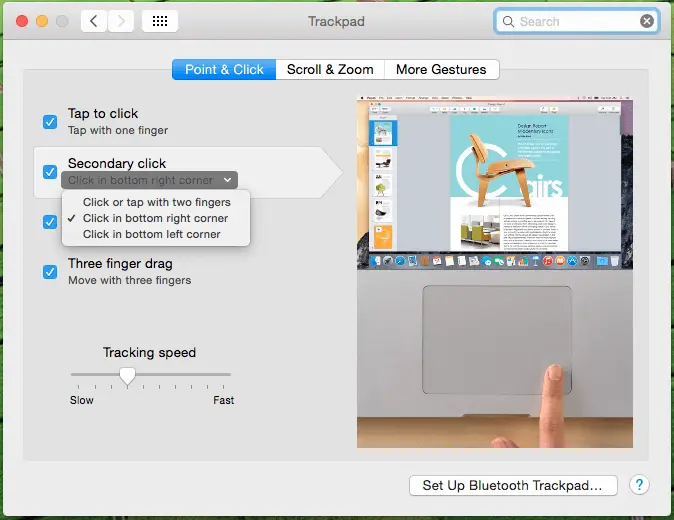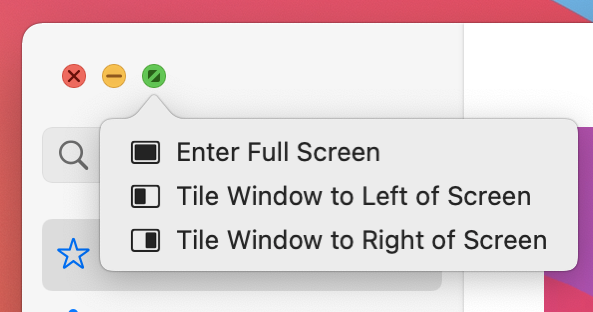- What Is Safari On Mac
- Reinstall Safari Mac Os X
- Stretch Safari Mac Os Download
- Safari Os Update
- Apple Safari For Mac
Safari is the most popular web browser for Mac. In this article, we will tell you how to clear caches, history, extensions, and plugins for resetting the Safari browser on a Mac. Want to turn on or off all extensions on Apple® Safari 7 on a Mac® OS X™? Watch this video and follow the steps. Content in this video is provided on an 'as. Feb 26, 2020 If Safari is your go-to browser on the Mac, then I'm sure that is a problem. It's natural to want the Dark Mode everywhere in Safari when you are browsing. So, you have Night Shift. Jun 23, 2003 Safari is a web browser developed by Apple Computer, Inc. And available as part of its Mac OS X operating system. It was included as the default browser in Mac OS X v10.3 (Panther) and is the only browser bundled with Mac OS X v10.4 (Tiger).
Safari extensions add functionality to Safari, so you can explore the web the way you want. Extensions can show helpful information about a webpage, display news headlines, help you use your favorite services, change the appearance of webpages, and much more. Extensions are a great way to personalize your browsing experience.
Use the App Store to conveniently download and install Safari extensions. All extensions in the App Store are reviewed, signed, and hosted by Apple for your security.
How to install extensions
Start by installing the latest macOS updates to make sure that Safari is up to date. You need Safari 12 or later to get Safari extensions from the App Store.
Find and install an extension:
- Open Safari and choose Safari > Safari Extensions from the menu bar.
- The App Store opens to the Safari Extensions page, as pictured above. To download and install an extension, click Get or click the price. You might be asked to sign in with your Apple ID.
- Click Install.
- After the extension is installed, click Open and follow the onscreen instructions provided by the extension.
Then return to Safari to turn on the extension you installed:
- Choose Safari > Preferences.
- Click Extensions.
- Select the checkbox next to the extension's name.

All extensions installed from the App Store are automatically kept up to date.
How to turn off or uninstall extensions
Choose Safari > Preferences, then click Extensions.
- To turn off an extension, deselect its checkbox.
- To uninstall an extension, select the extension and click the Uninstall button. If you can't determine what an extension does, or you don't expect to use it again, you should uninstall it.
Learn more
What Is Safari On Mac
Safari no longer supports most web plug-ins. To load webpages more quickly, save energy, and strengthen security, Safari is optimized for content that uses the HTML5 web standard, which doesn't require a plug-in. To enhance and customize your browsing experience, use Safari extensions instead of web plug-ins.
Hello Len Karpinski,
Thanks for the post in Apple Support Communities! I use extended desktop all the time myself, and I see you want to know if you can stretch a window to fill both displays. I'm glad to provide an answer.
Reinstall Safari Mac Os X
This can be done by disabling the 'Displays have separate Spaces' checkbox in System Preferences > Mission Control. More information on the other effects of this can be found here: Change Mission Control preferences on Mac
Once you've disabled this option, you can place a window in one corner, then drag the opposite corner of that window to the opposite corner of your second display.

Stretch Safari Mac Os Download
Cheers.
Safari Os Update
Apple Safari For Mac
Mar 31, 2020 12:44 PM